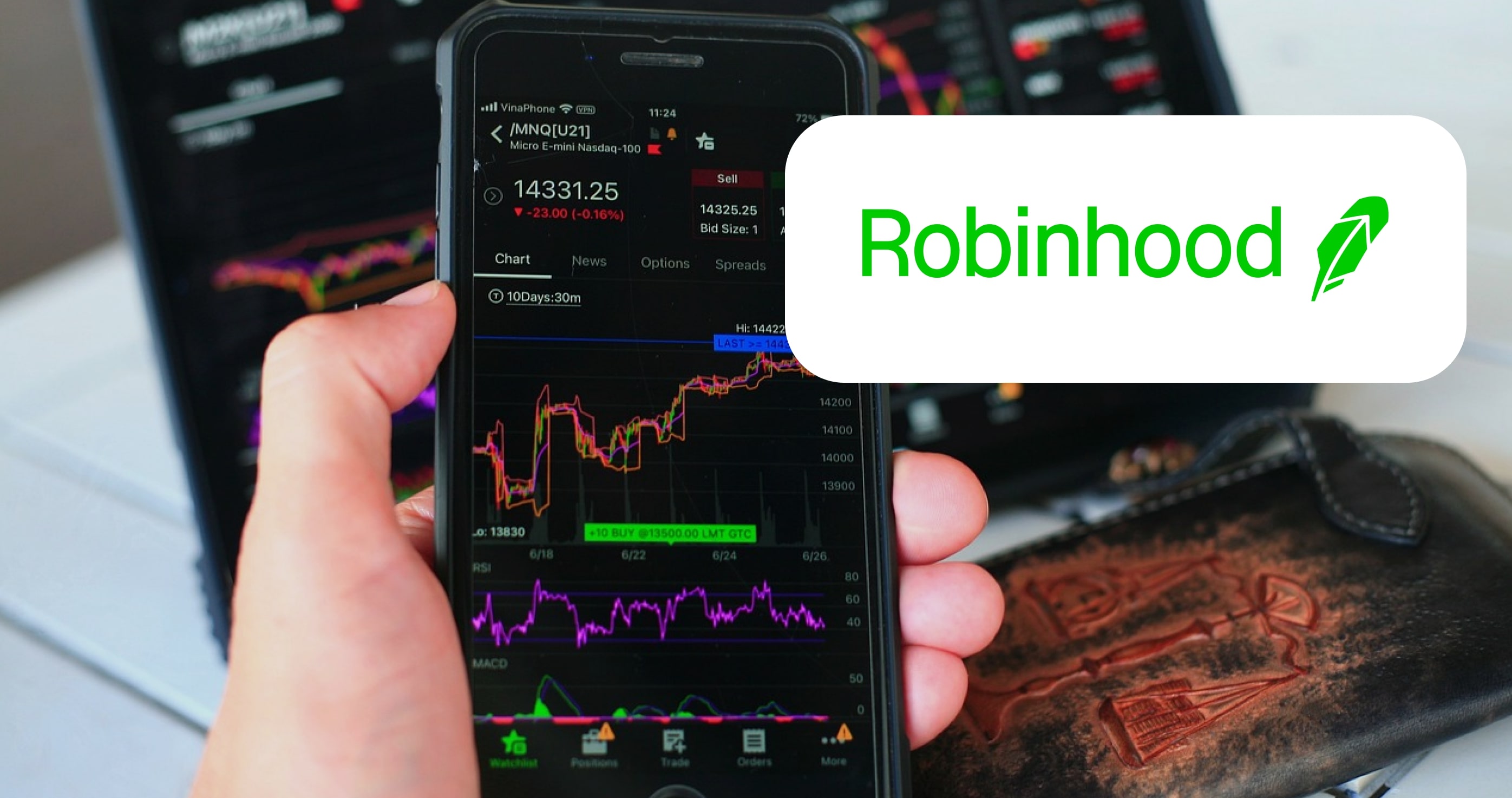Can Robinhood Stay Profitable Amid Regulatory Changes?
The recent earnings release from Robinhood Markets, Inc. (HOOD) presents a pivotal moment for the company as it navigates profitability amid evolving regulatory landscapes. In the fourth quarter of 2024, Robinhood exceeded expectations with total net revenues soaring 115% year-over-year to a record $1.01 billion and net income skyrocketing to $916 million, a remarkable leap from $30 million in the same quarter last year. This impressive growth prompts a critical examination of Robinhood's ability to maintain its profitability in light of increasing regulatory scrutiny.

Market Position and Competitive Advantages
Robinhood has positioned itself as a major player in the fintech space by democratizing stock trading through commission-free services. Its aggressive product expansion, including the introduction of advanced trading platforms and an enhanced suite for crypto trading, has broadened its appeal among retail investors. The company’s recent increased investments in product innovations signify its commitment to retaining a competitive edge amid fierce competition from established brokers and emerging fintech firms. However, as regulatory bodies tighten oversight on trading practices, including payment for order flow and cryptocurrency trading, Robinhood faces potential headwinds that could impact its profitability.
Financial Performance Analysis
The financial metrics from Robinhood's Q4 2024 earnings demonstrate a positive trajectory. The company reported quarterly revenue growth of 364% year-over-year, driven by a remarkable 700% increase in cryptocurrency trading revenue. This growth strategy positions Robinhood favorably against potential regulatory reforms, particularly as the demand for alternative asset trading rises. The company's EBITDA also surged over 300% to $613 million, establishing a 60% adjusted EBITDA margin which indicates strong operational efficiency. Looking at operating expenses, these rose modestly by only 3% year-over-year, reflecting successful cost-management efforts. However, with total operating expenses at $458 million, the rate of increase remains a concern if net income normalization accompanies regulatory changes.
Growth Areas and Future Outlook
Robinhood's growth narrative prominently features its expansion into cryptocurrency and active trading platforms. The company saw Gold subscribers increase by 86% year-over-year, indicating a growing base of premium users. The expected acquisition of Bitstamp allows Robinhood to bolster its crypto offerings, potentially leading to additional revenue streams once regulatory approvals are secured. Management’s 2025 guidance indicates a focus on technological innovation and geographical expansion, with plans to enter Asia-Pacific markets. However, keen investors should remain cautious about unanticipated regulatory impacts that could necessitate allocations for compliance costs.
Recent Share Price Movements and Analyst Sentiments
At the time of writing, Robinhood's share price stood at $55.91, following a notable upward trend over the past ten days. The recent surge came despite analyst price targets averaging around $50.88, suggesting a possible overvaluation set against the backdrop of regulatory uncertainties in the trading industry. Investors should closely monitor price movements and analyst ratings, as any deviation might indicate market sentiments with respect to Robinhood's regulatory risks and overall financial health.
Conclusion
In conclusion, Robinhood's recent performance showcases robust profitability and steady growth, but the question remains whether it can sustain this success in the face of increasing regulatory scrutiny. Investors seeking to determine the viability of HOOD as a long-term investment should watch for key developments in regulatory changes within the trading landscape, along with any shifts in market sentiment or consumer behavior. Additionally, continued expansion into crypto and product enhancements will be critical in maintaining growth momentum while balancing regulatory compliance. Careful navigation through these dynamics will ultimately dictate Robinhood's ability to sustain profitability moving forward.
By WallstreetCrunch - Feb 24, 2025 at 8:29AM
